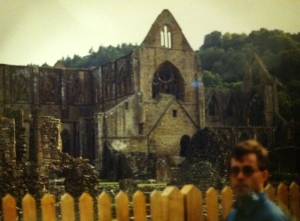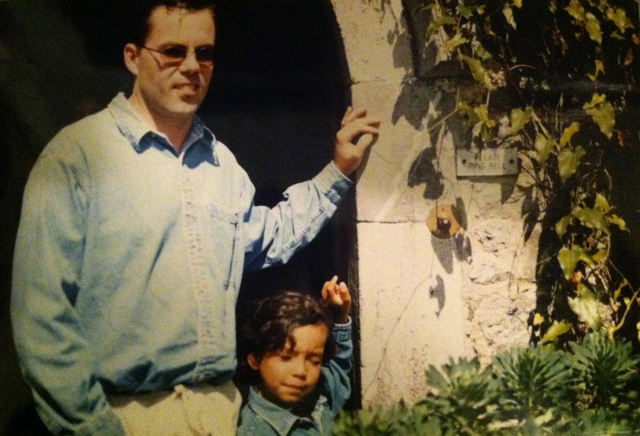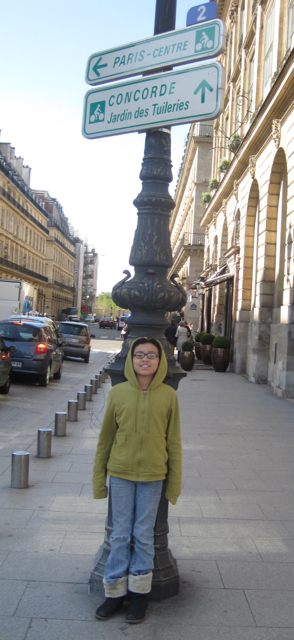 Shelley wrote it first: “I weep for Adonais — He is dead!”
Shelley wrote it first: “I weep for Adonais — He is dead!”
The “I” was Percy Bysshe Shelley, and the “Adonais” was John Keats. And I’m sure Shelley lost something when John Keats died. But from what I’ve read about their acquaintanceship, it couldn’t have been anything compared to what we in the School of Humanities at St. Edward’s University have lost with the passing of Adam Pyles.
Our School of Humanities is a real family. The people in Andre Hall on our campus in Austin are a genuine community of souls and minds. When we lose something, we really lose it.
Adam was one one of the better people I’ve ever known. I knew him for almost ten years. He was one of the rare people who I could just pass on a sidewalk and feel happier for having seen him, said hello, and nothing more than that. For no good reason. That’s not to take away from the much more involved, deeper conversations we had.
We had so many talks about music, books, ideas. He was, like so many people at St. Edward’s, an intelligent soul who taught as much as he ever learned. He knew music, art, literature, style. He could wear a hat like few men could, but that was just the outer wear. The brain underneath was a fascinating thing. I’ll miss it desperately.
He was smart, creative, deeply intelligent. I thought of him as a little brother, a friend, a teacher. He gave me so many ideas that wound their ways into my classes. He helped me figure out things that made me feel incompetent.
And he was just a pleasure to be around. We’ve all had people we have to see, and gird ourselves for that experience. Adam was the exact opposite of those people. I was always so glad if I had a question or concern that involved Adam, because it made for an excuse to spend a few minutes with him.
I feel sad that I never I told him these things. I didn’t think it was necessary. But it was. As Kim Livingston, a great friend to Adam, and to me and all of us in the School of Humanities, wrote today on her facebook: “Hug the ones you love and let them know it.” That’s the way to say it. Straight out.
So yes, as Shelley once put it, weep for him, for he is gone. I’ve been doing a lot of that today, as so many of us have at our school. These are sad days on the hill.
His like will not be seen amongst us again.














